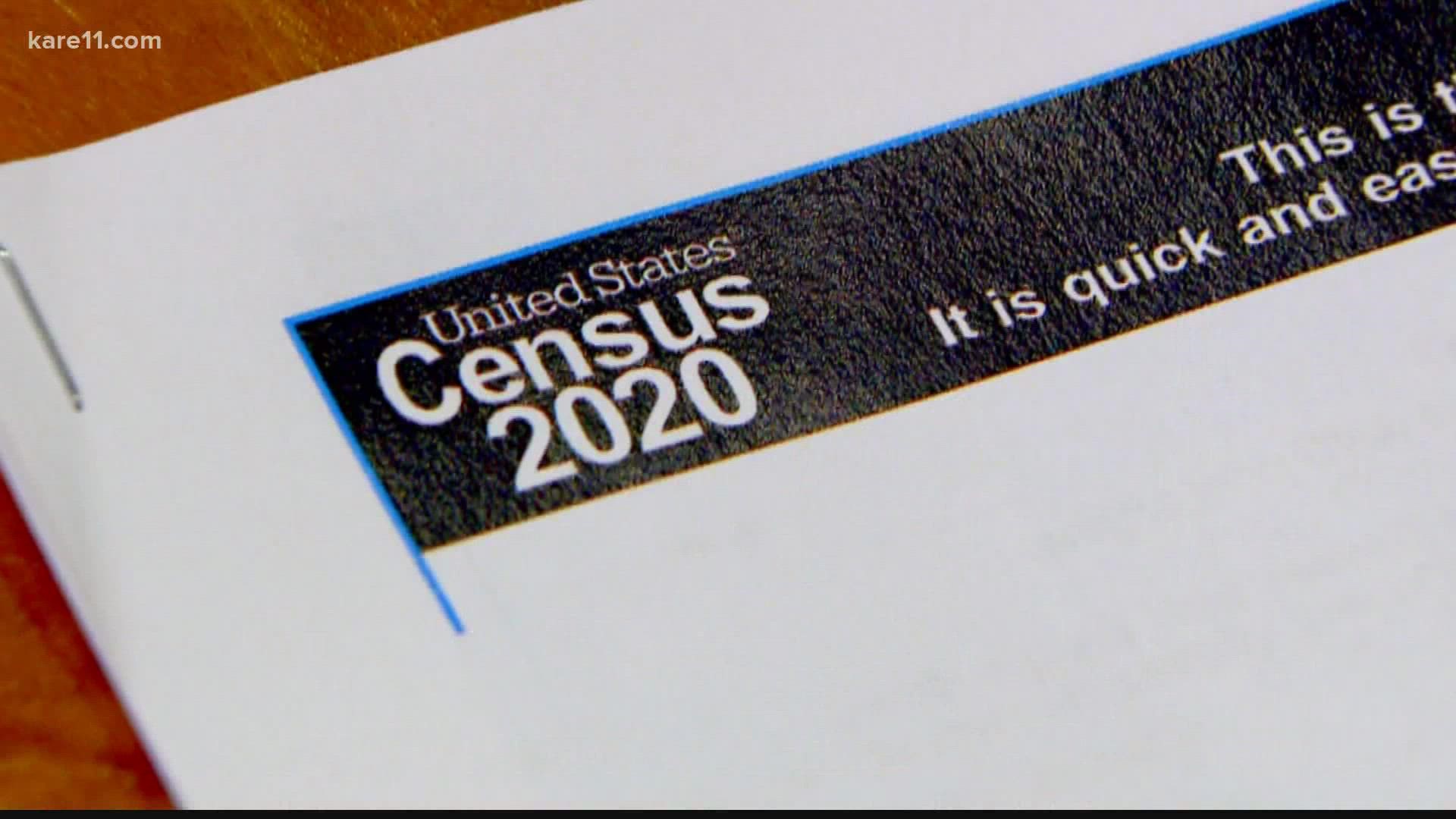ST PAUL, Minn. — The nation's population is growing at the slowest rate ever, according to new data from the U.S. Census Bureau. The new estimates reflect the direct – and indirect – ways the pandemic is impacting our population across the country and in Minnesota.
"I mean, we were expecting the growth to have slowed," said Minnesota's state demographer, Susan Brower. "It's somewhat surprising just how much it slowed."
Brower says, nationally, the Census Bureau estimates the U.S. population grew by just 392,665 people between July 1, 2020, and July 1, 2021. That is growth of just 0.1%, which is the slowest rate since the nation's founding.
In Minnesota, the growth rate is even worse. The bureau estimates the state grew by just 225 people.
"We usually, in a normal year, grow by about 35,000 people, so that is quite a change," Brower said.
COVID-19 has taken a very direct toll in one area. The state death rate is up 14%, the biggest increase in decades. Meanwhile, the state's birth rate fell by 6%.
"We knew that there had been declining fertility in the state and in the US over the last decade, but it really picked up during COVID," Brower said. "People were uncertain and are uncertain about their economic situation and so they delay or decide not to have children."
But births and deaths aren't the only factors to consider. International immigration is far below it's average, and domestic migration is dragging everything down.
"We actually saw population loses, more people moving away from Minnesota than moving to Minnesota during that time," Brower said.
The Bureau estimates that Minnesota lost about 13,000 people, who moved to other states – southern states like Texas, Arizona and Florida were among those who gained the most.
Kent: "I would guess the state-to-state migration numbers will become a political topic."
Brower: "That happens, yeah."
Kent: "That's the one where, there may need to be some hard questions that need to be asked about why that's happening."
Brower: "So we don't have detailed data yet from surveys that would give us any sense about what caused this particular change.
"We're really just given this larger number and we don't have any more data to say it was this group or that group and they went here or there. That will come later."
Brower says, typically, 18, 19 and 20-year-olds, who move away from home for college or work drive that migration, but she says the impact of these numbers touch us all.
"Population growth is one of the main drivers of economic growth," she said. "And one way that that happens is by having enough workers for the needs of our employers, and we know right now that employers have been hurting and they've been having a really hard time finding people. This is one indication, maybe not immediately, but down the road, that some of those shortages, some of those hardships, may continue."
Watch more Breaking The News:
Watch all of the latest stories from Breaking The News in our YouTube playlist:

